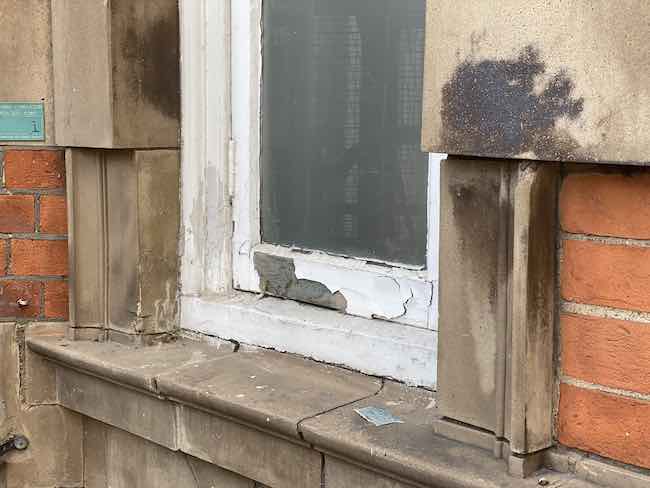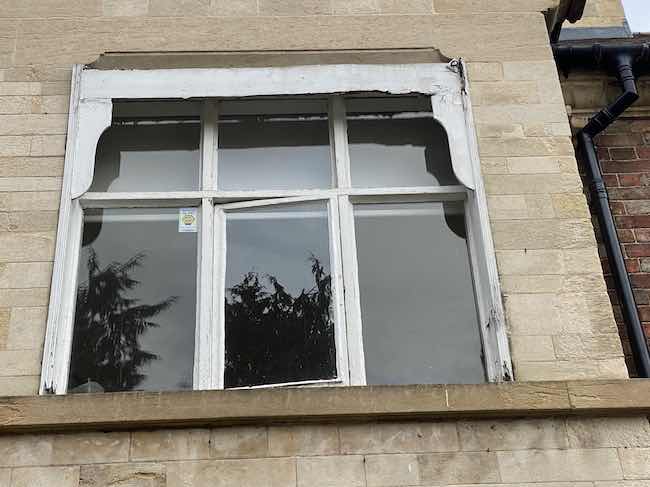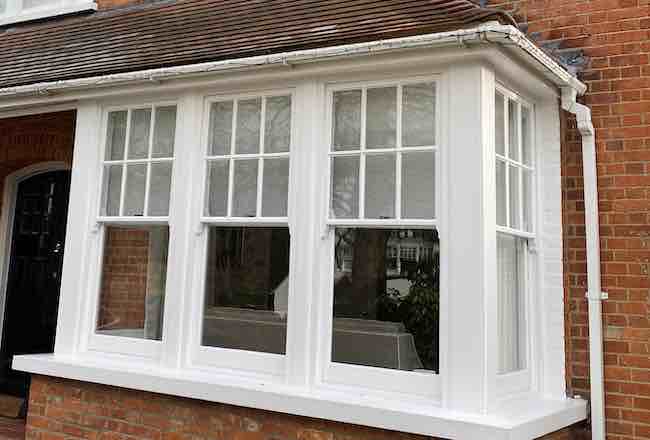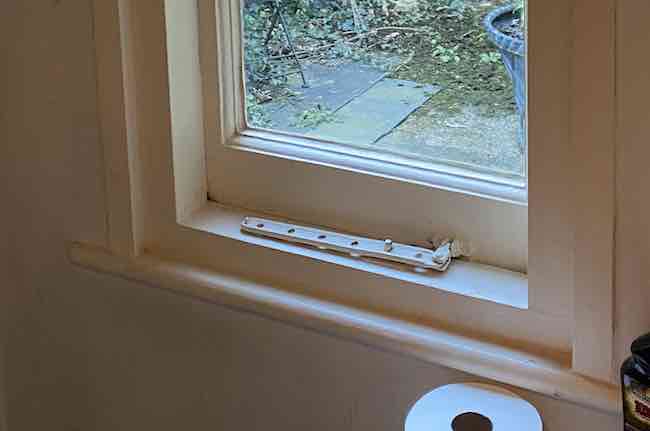How to restore sash windows instead of replacing it
Period property homeowners often face difficult decisions when it comes to restoration or improving windows efficiency vacancy by draught-proofing sash windows or fitting double glazing. Many people are tempted to replace the windows altogether, but this can be expensive and environmentally unfriendly. If you’re looking for a more sustainable option, restoring sash windows may be the best choice. In this blog post, we’ll explore some of the benefits of window restoration and offer tips on how you can get started. Stay tuned!

Repair frame and sashes
The restoration of traditional timber windows, be it sash or casement or sliding windows, starts with frames and sashes. The rot is something your should be searching for while inspecting frames. If the windows are not properly sealed, they will absorb moisture, and the wood will swell, leading to cracking and distortion, so look for areas where the seal is missing or damaged and let the water in.
Paint stripping
The first step in window frame restoration is to remove all the old paint. This can be done with a chemical stripper, heat-gun, powerful orbital sender or paint scraper. When working with period wooden windows, make sure you test paint for lead using a lead paint test kit before starting the stripping process. If the paint is found to contain lead, you’ll need to take special precautions to protect yourself, and the use of paint sanders is not advisable.

What should you choose: chemical stripper, heat gun saint sander?
There are a few things you need to consider before deciding which method is best for you. If the paint is in good condition and not lead-based, you can probably get away with using a basic paint sander. This is the quickest and easiest method, but it can be messy and dusty, so ensure you wear a dust mask.
Minor repair with wood fillers
While removing paint, you will start noticing all the wood defects hidden beneath the paint layers. Most of these can be easily sorted with good old-fashioned wood filler, but some will require some advanced joinery skills.
Start by removing any loose paint or wood debris from the area to be filled. Then, using a putty knife, apply the filler to the crack or hole, pressing it in and making sure to smooth it out as you go.
Once the filler is dry, sand it until it’s flush with the surrounding wood and price it with a special primer fit for this task.
Make sure you use good-quality filler. When it comes to choosing a wood filler, you have a few options. One option is epoxy-based wood filler, which is strong and durable. Another option is polyester-based wood filler, which is also strong but less durable than epoxy. We recommend going with an epoxy-based filler for all exterior wood applications.
Frame parts replacements
If you discovered any serious wood rot, you would need to replace the affected parts, the most common parts that get the most rot are the window sills. This is usually not for DIYers, it is time-consuming, especially if you do not have an extensive range of carpentry tools.

Sash only replacement
Original sash windows mostly singe gazed. This means that the glass is not effective in preventing heat loss or reducing heat gain during summer days. You can do a few things to upgrade the efficiency of your glazing; replace sashes only, install secondary glazing or fit thin-profile double glazing units into existing sashes. For either of the listed option, you will need to search for a professional sash window company. The new sashes usually come ready double glazed means their thermal efficiency will help to reduce energy bills.
Pulley, ropes and draught excluders servicing or replacement
The moving parts such as pulleys, ropes and draught excluders are prone to wear and tear and will need regular servicing or replacement. The broken ropes cause the window to drop and bind, making it difficult to open or close. If you decide to change the ropes, make sure they are of the correct length. The draught excluders are usually made of rubber or brush with a brush holder and can be replaced with new equivalents when they wear out. You can check the condition of your pulleys by trying to move them. If they are stiff or difficult to move, they may need to be replaced.
Safety locks and sash window stops

To improve the safety of restored sash windows, you can install sash window stops or safety locks. Sash window stops prevent the window from being opened fully, restricting it to a ventilation position. Safety locks are fitted to the meeting rails of the sashes and stop the window from being opened at all.


